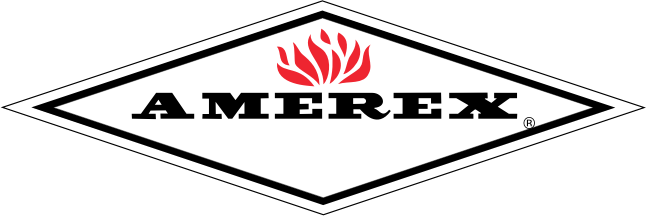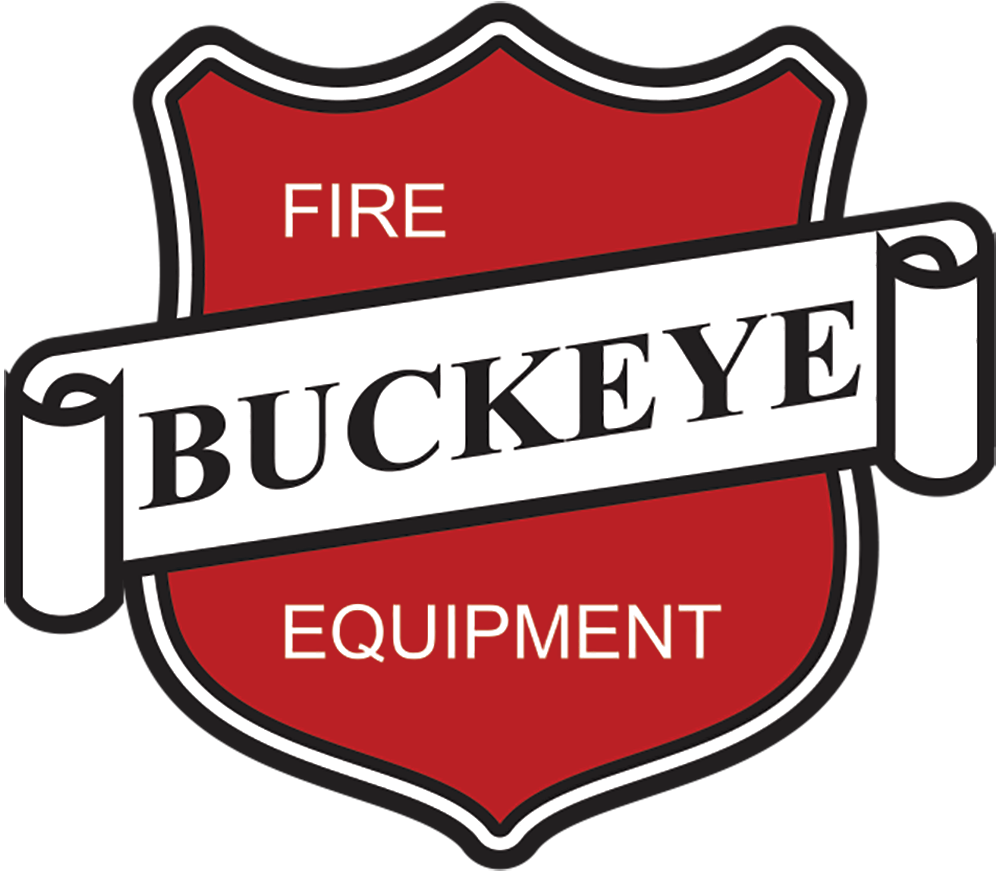Fire hydrants are essential components of fire protection systems, providing quick and reliable access to water in emergencies. However, like any piece of equipment, they require regular maintenance and care to operate effectively. This basic guide on fire hydrant services explains hydrant parts and their maintenance and replacement requirements.
Fire Hydrant Parts
Fire hydrants are typically made of durable materials like cast iron and stainless steel. The hydrant barrel is the main body of the hydrant, housing key components such as the stem, seat, and valve. The operating nut sits on top of the hydrant and controls the flow of water from the hydrant. Firefighters use a hydrant wrench to open and close the operating nut and control the water flow.
The caps on the hydrant protect the water outlet threads, ensuring they remain clean and ready for immediate use. Many hydrants also feature hose connections, which are designed to accommodate fire hoses, facilitating rapid water access.
Possible Fire Hydrant Issues
Fire hydrants are built to last, but they are not immune to wear and tear. Corrosion is one of the most common problems, as hydrants are exposed to moisture and changing temperatures over time. This can weaken the barrel and internal mechanisms, resulting in leaks or a complete failure to operate.
Damage caused by vehicles is another frequent issue, as hydrants are often installed near roadways. This kind of impact can misalign or break essential components, rendering the hydrant inoperable until repairs are carried out. Fire hydrant repair services identify and rectify problems to restore the hydrant’s functionality.

Common Fire Hydrant Services
Regular testing, inspections, and maintenance ensure hydrants meet safety standards and deliver reliable water flow when needed most. Strategic upgrades, like replacements and enhancements, further enhance performance and keep equipment up to date.
Annual and Five-Year Testing
Regular testing makes sure hydrants meet National Fire Protection Association (NFPA) and local safety standards. Annual testing verifies water pressure and flow, while five-year inspections assess the overall functionality and compliance of the hydrant system.
Fire Hydrant Inspection
Detailed inspections go beyond simple checks by examining the condition of each hydrant part. A technician will look for signs of wear, corrosion, or damage that could impede performance. Inspections often include verifying that caps and valves open correctly and that there are no obstructions in the pipes.
Flow Testing
Water flow testing measures how much water a hydrant can deliver under pressure. This service ensures hydrants provide adequate flow rates during emergencies, which is crucial for suppressing fires effectively. Accurate flow data can also guide local authorities in improving water distribution systems.
Repairs and Replacements
When hydrants fail, they need immediate attention. Repair services address minor issues, such as leaks, while replacements are recommended for older, extensively damaged hydrants. Installing new hydrants in strategic locations can enhance fire coverage in expanding areas.
Hydrant Valve Lubrication
Lubrication is critical for preventing valve stiffness and maintaining smooth operation. Fire hydrant professionals apply specialized lubricants to internal components, extending their lifespan. This routine maintenance step helps avoid the need for costly repairs caused by neglected hydrants.
Cap Replacement
Caps protect the hydrant outlets and prevent debris from entering the water system. Whether due to theft, damage, or wear, broken or missing caps should be replaced promptly. Properly sealed caps also prevent leaks and maintain necessary pressure.
Underground Valve Exercises
Underground valves control the water supply to fire hydrants, and regular exercise keeps them functional. Turning these valves periodically prevents them from seizing and keeps water flowing freely when activated.
Painting
Painting not only keeps fire hydrants looking their best but also prevents corrosion. Fire hydrant paint is specially formulated to withstand weather exposure and serves as a visible marker for firefighters. Additionally, color-coding hydrants by flow capacity helps firefighters identify hydrants at a glance.
Blue Reflector Dots
Blue reflector dots are placed on roads near hydrants to help emergency responders locate them quickly, especially at night or in low-visibility conditions. Installing or replacing these markers significantly improves response times during critical moments.

Signs Your Fire Hydrant Needs Service
While fire hydrants are inspected annually, they may exhibit signs that they require service. One common indicator is leaking water around the base or nozzle, which may point to damaged seals or internal corrosion. Left unaddressed, these leaks can lead to water pressure loss, reducing the hydrant’s effectiveness in emergencies.
Another sign to watch for is difficulty in opening or closing the hydrant valve, which could signal rust buildup or mechanical failure within the hydrant. Stiff or unresponsive valves hinder proper operation and may result in delays during critical situations.
Why Fire Hydrant Maintenance Matters
Fire hydrants are often the first line of defense during emergencies, and their reliability can mean the difference between controlling a fire and a total loss. Regular maintenance ensures they function optimally when every second counts. Neglecting upkeep not only risks failure but also places lives and properties in jeopardy.
NFPA guidelines and local laws mandate regular servicing of fire hydrants to enhance public safety. Annual and five-year testing are legal requirements in many jurisdictions. By staying on top of hydrant maintenance, organizations and communities demonstrate their commitment to prioritizing safety for all.
Tips for Prolonging Your Hydrant’s Lifespan
Extend the life of your fire hydrant with simple yet effective practices. Regular cleaning can remove dirt and debris that might cause corrosion or blockages. Additionally, exercising valves periodically prevents them from seizing due to inactivity. Schedule professional maintenance at least once a year to address any emerging issues. If your hydrant is in an area prone to traffic, consider installing protective barriers to reduce the risk of impact damage.
Fire hydrant services, including maintenance and replacement, safeguard lives and properties. Regular testing, detailed inspections, and timely maintenance are essential to keeping fire hydrants functional and compliant with safety standards. Services like lubrication, cap replacement, and valve exercises prevent wear and ensure smooth operation, while strategic upgrades like replacements and reflector dots enhance fire response speed. Schedule maintenance checks and tests at the intervals mandated by your local jurisdiction, and contact fire professionals if you notice signs a fire hydrant needs repairs.



